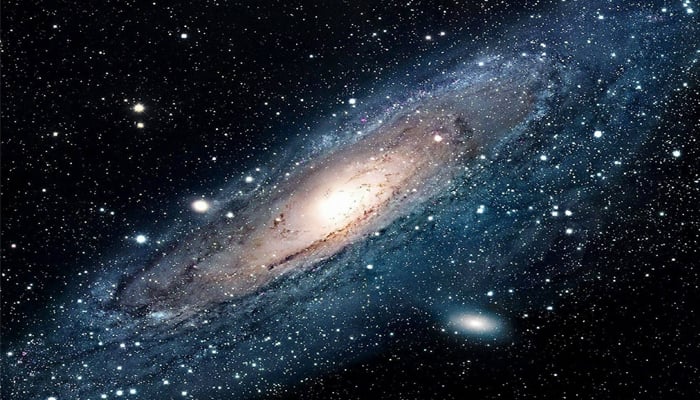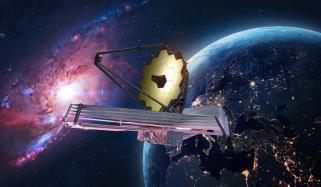
NASA has announced plans to launch an artificial star into space in the coming years.
According to Voice of America , the National Aeronautics and Space Administration (NASA) space mission named the Landolt Mission, aims to launch an artificial ‘start’ into the orbit of Earth. The project will help in determining the brightness more accurately.
George Mason University in the state of Virginia will have ground control of the mission.
The mission is named after the late astronomer and pioneer of stellar brightness catalogs, Landolt Mission.
Daniel Huber, an associate astronomer and professor at the University of Hawaii’s Institute for Astronomy, said, “His last name is famous in the whole astronomy community. The Landolt standard star... everyone knows what that is.”
NASA’s new mission will compare the brightness of an artificial star with that of a natural star.
The artificial star, which is actually a seatalite outfitted with eight lasers, will orbit the earth 35,785 kilometers into space. The seatalite could not be seen with the naked eye.
Jonathan Gangé, one of the scientists of the project and scientific adviser for the Montreal Planetarium, told VOA, “We always relate to the amount of light stars send us to derive almost everything in astronomy.”
Susana Deustua, who is liaison to the mission, noted, “There’s a group of people, the exoplanet experts, who like to make predictions as to where they might see an Earth-like planet, and for them it’s really important to understand the properties of stars.”
The Landolt Mission primary investigator, Peter Plavchan, explained, “We developed this novel approach that actually borrows from theater. It’s an understudy system, pairing senior project roles on the mission with junior scientists and junior engineers. It’s a true partnership.”
Additionally, the mission is expected to be launched sometime
in 2029.












